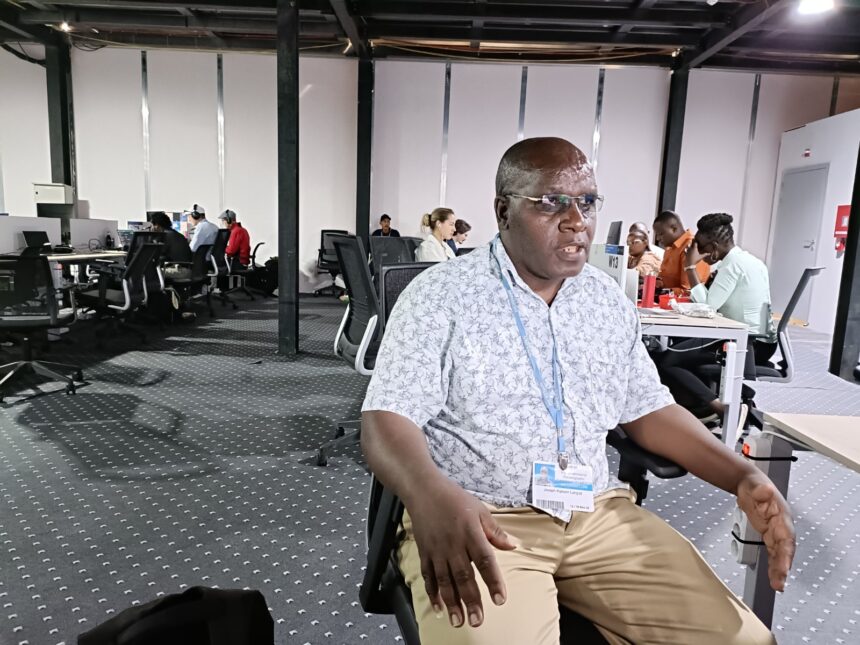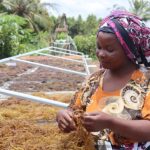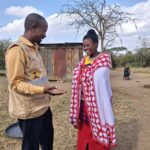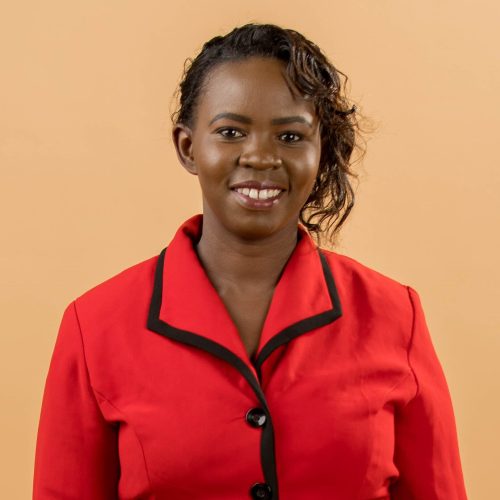By Ruth Keah I rkeahkadide@gmail.com

Explaining the scientific word carbon credit to locals in Gazi and Makongeni Villages in Kwale County, Kenya was a very difficult task to Othman Sadiki, the coordinator of the Mikoko Pamoja Project.
Mikoko is a Swahili word meaning mangrove, while Pamoja means together.
Mikoko Pamoja Project, located in Gazi Bay Kwale County in Kenya, is a small scale carbon offset facility that seeks to provide incentives for mangrove restoration and protection through conservation activities, awareness creation and the sale of mangrove carbon credits along the coastal strip of Kenya.
Sadiki said it was an uphill task because the community could not easily understand how they could get money from preserving the mangrove trees along the Indian Ocean.
‘The locals were at first very hesitant because they could not understand how they could benefit from planting and protecting the mangroves, but we kept on educating them and when they saw the benefits, they are now embracing it,’ he said.
The project generates income for the Gazi and Makongeni communities through the sale of carbon credits, which are created from the carbon dioxide (CO2) emissions avoided by the project. The credits are then generated through what is referred to as PES (Payment for Ecosystem Services).
Since its inception in 2014, Mikoko Pamoja Community Based Organisation through technical support from Kenya Marine and Fisheries Research Institute (KMFRI) has established new mangrove forests covering 10 hectares.
Sadiki says, they have sold more than 12,000 tons of carbon credits, which generated more than Ksh 6.2m (USD620,000).
‘32 percent of the payment goes to community projects, which helps them in improving their livelihoods,’ he said.
Sadiki adds that nearly 500 members of the community participate in the regular protection and planting of new mangroves. This intervention also creates job opportunities for the locals.
Sentiments echoed by Iddi Bomani, chairman of the project in Gazi village who reports that they have benefited from many community projects out of the carbon credit money.
‘We have bought books for our schools, built two classrooms, improved the health facilities in our hospitals and started a water project,’ he added.
‘Every rainy season we plant 4,000 mangrove trees and coupled with the fact that we have hired rangers to protect the area to help combat mangrove destruction, we are sure every year the money will be increasing,’ he said.
‘Carbon credit project is excellent for it has uplifted our living standards,’ he added.
The carbon credit sales drew attention to the just ended climate change summit in Sharm el-Sheikh, Egypt leading to the founding of Africa Carbon Markets Initiative (ACMI) inaugurated at COP27. It aims to support growth of carbon credit production and create jobs in Africa.
Led by a thirteen-member steering committee of African leaders, chief executive officers, and carbon credit experts, the initiative aims to expand Africa’s participation in voluntary carbon markets. It was inaugurated in collaboration with The Global Energy Alliance for People and Planet (GEAPP), Sustainable Energy for All (SEforALL), and the UN Economic Commission for Africa, with support of the UN Climate Change High Level Champions, Dr. Mahmoud Mohieldin and Nigel Topping.
‘Carbon markets offer an incredible opportunity to unlock billions for the climate finance needs of African economies while expanding energy access, creating jobs, protecting biodiversity, and driving climate action,’ said Mohieldin.
However, he noted that Africa currently produces a tiny percentage of its carbon credit potential. He said some of the ambitions is for the growth of African Voluntary Carbon markets to produce 300 million carbon credits annually by 2030, and 1.5 billion credits annually by 2050.
They also hope to unlock Kshs 6 billion (USD48.8m) in revenue by 2030 and over Kshs 120 billion (USD975.6m) by 2050. Further, they will support 30 million jobs by 2030 and over 110 million jobs by 2050 and distribute revenue equitably and transparently to local communities.
Steering committee member and Vice President, Africa at the Global Energy Alliance for People and Planet Joseph Nganga called for everyone to contribute to this important effort.
“Sustaining the rapid growth of African carbon markets isn’t going to happen accidently; it’s going to require action by governments, developers, and buyers. Together, we can unlock billions for climate finance and economic development in Africa,” he said.
As the new Africa Carbon Markets Initiative (ACMI), seeks to support the growth of carbon credit production, this has come as good news to locals in Tana Delta, Tana River County, Kenya.
The community has just started planting mangrove trees along the ocean with the aim of selling carbon credits. Madina Ware from Kikomo village in Tana Delta, lower Tana Conservancy said planting of mangrove has not only helped them to maintain peace among different communities living in Tana Delta, but has also benefited them through eco-tourism activities.
‘We have tourists who visit our beautiful ecosystem, we also have a well wisher who educates our children because of us planting mangroves,’ she said.
Mrs Ware says they came to learn of carbon credit selling through their conservation partners and are now planting more mangroves to meet the required standards.
Anuary Abae, an environmental activist from Semikaro village in Tana Delta is also a happy man. He is the chairman of Chara Community forest association. He says, they have been planting mangroves to mitigate climate change.
The good news, he says, is that in early January they will be signing agreement between the community, the Kenya Forest Service and the county government of Tana River on trading in carbon credit.
‘We started planting mangroves in April 2021. An assessment by the experts revealed that we surpassed the target, so we are now ready to start earning,’ he told Sayansi Magazine.
Abae said they have so far planted mangroves on a 400 ha out of the 7,000 ha along the Indian Ocean. He is optimistic that the money they will get from selling carbon credit will improve their livelihoods.
‘If we get the money it will benefit the community and will solve water problem and end conflicts which are normally associated with resources,’ he said.
Dr Kipkorir Langat is a principal scientist at the Kenya Marine and Fisheries
Research Institute. His areas of research include how communities can use mangrove and sea grass in mitigating climate change and at the same time benefit from them.
While making a presentation at COP27 climate change conference in Sharm el- Sheikh, Egypt. Dr Langat said mainstreaming mangroves and associated blue carbon ecosystems into the development and climate change agenda could accelerate Kenya’s achievement of the Sustainable Development Goals and the Paris Agreement.
According to Dr Langat, mangroves have a lot of benefits if taken good care of but it was disappointing to see the status of mangrove ecosystem declining over the years.
He said from 2010 the decline has been reducing due to the efforts which have been put by the community.
‘Currently we are having a decline rate of about 0.5 percent as opposed to about 2 percent which was from the year 2000-2010,’ he said.
‘Our evaluation has found out that out of all the services that we get from mangroves we can earn USD 200,000 annually,’ he noted.
Through the Mkoko Pamoja Project, Langat said mangroves covering 117 ha of land in Gazi Bay, south coast of Kenya are now protected from illegal deforestation by full-time guards.
‘This site has been a pilot project for mangrove restoration in Kenya, and right now the same initiative is being implemented in Mombasa, Kilifi and Lamu with the local communities,’ he added.
Dr Langat concluded that to include both sea grasses and mangroves in carbon management is key in the conservation of both as well as help sustain fisheries.









